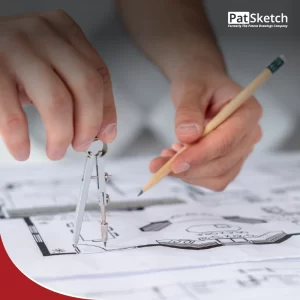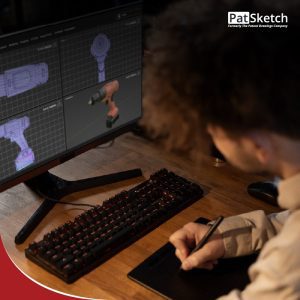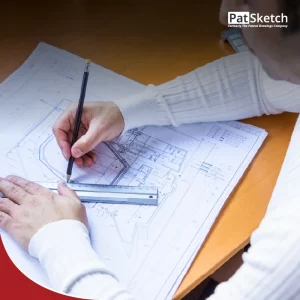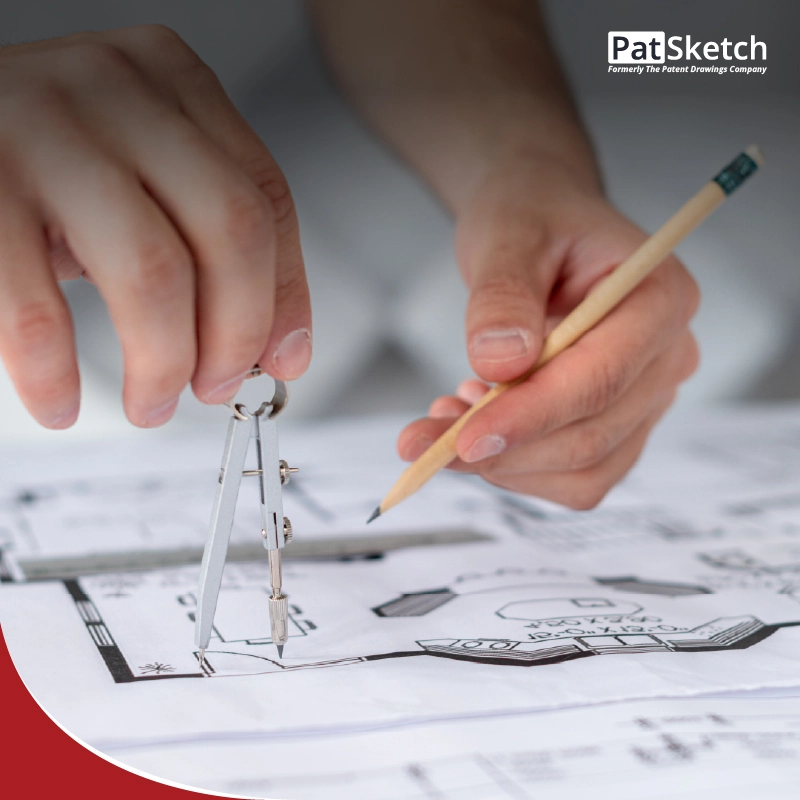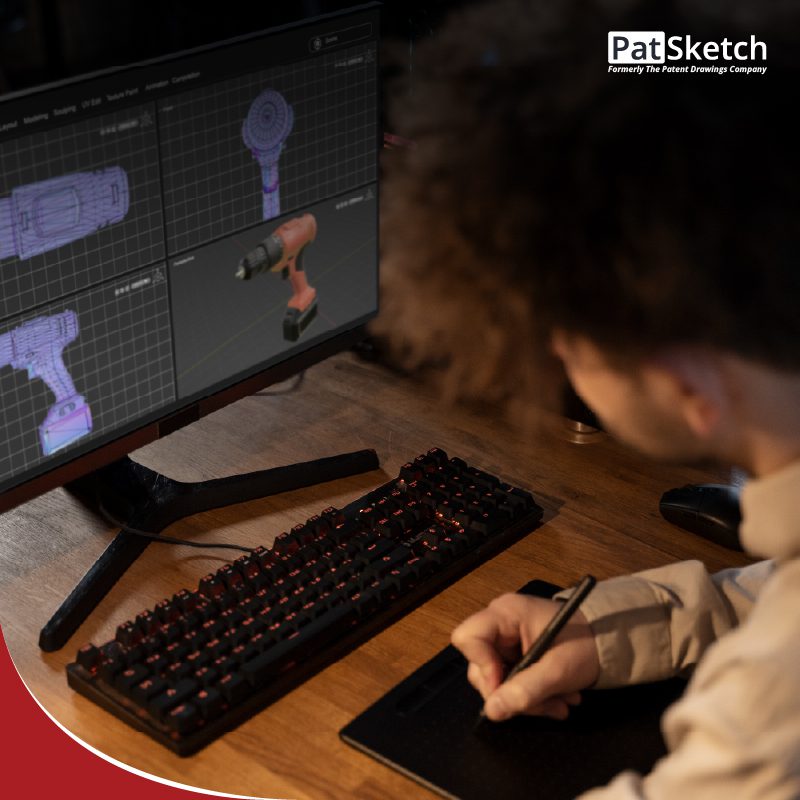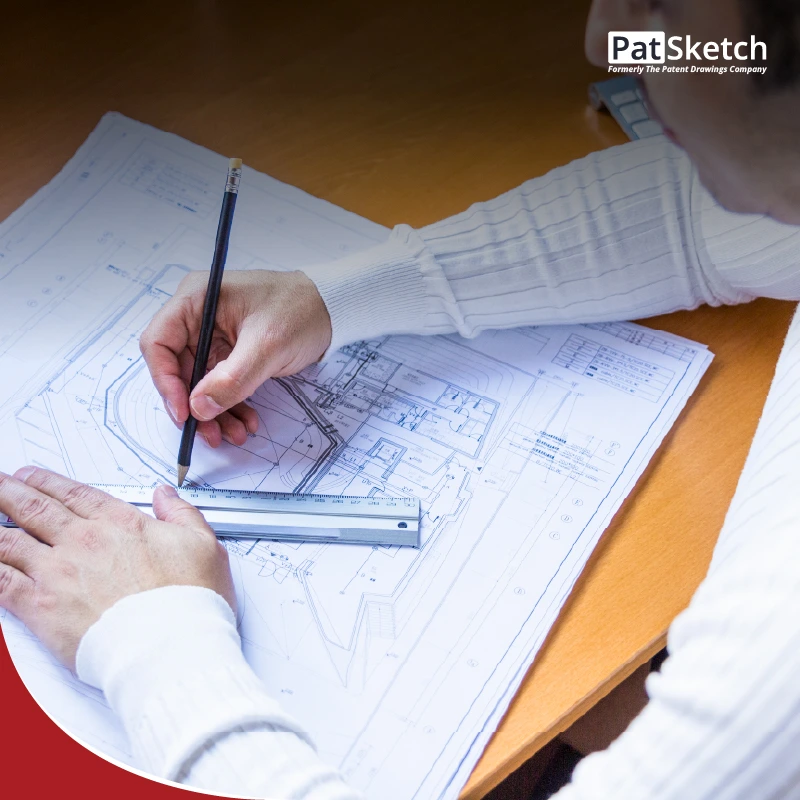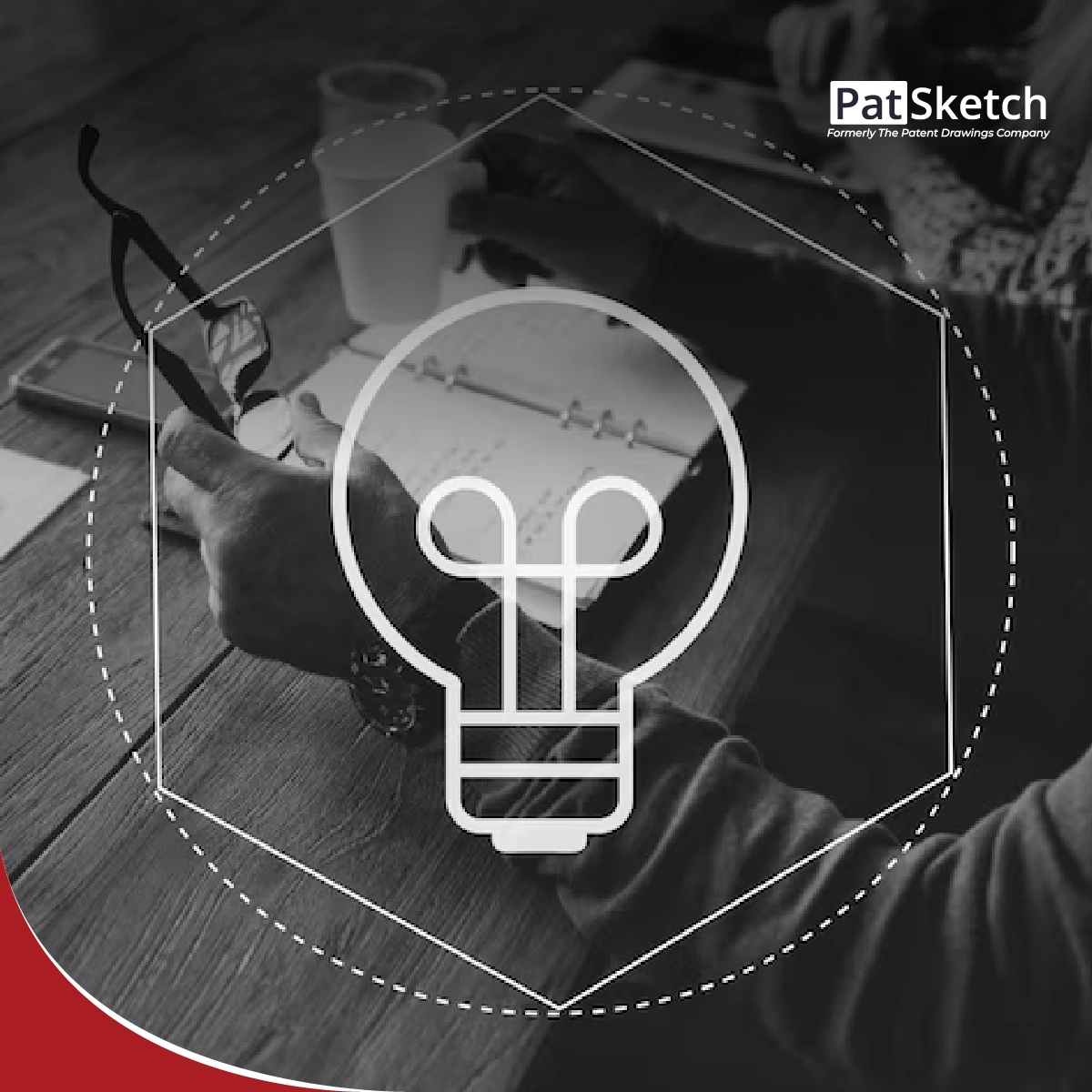When it comes to filing a patent application, accurate and well-executed drawings can greatly enhance the understanding and clarity of your invention. These drawings play a crucial role in illustrating the unique features of an invention, and they are often considered a vital part of the patent specification. However, creating a figure can be a complex task, and there are several common mistakes that inventors should avoid. In this article, we will discuss expert tips to help you create flawless patent drawings and avoid common errors that could potentially jeopardize your patent application.
The Importance of Accurate Patent Drawings
Accurate and detailed patent illustrations are essential in clearly communicating the structure, functionality, and unique aspects of an invention. Patent examiners and reviewers rely on these drawings to understand the invention thoroughly and evaluate its patentability. Therefore, it is crucial to avoid common mistakes that can compromise the quality and accuracy of your patent diagram.
Common Mistakes in Patent Drawings
Here are some common mistakes that inventors should be aware of and strive to avoid when creating patent drawings:
Inaccuracy or Lack of Detail
One of the most significant mistakes is creating drawings that are inaccurate or lack sufficient detail. The drawings should clearly represent all the essential features of the invention, including dimensions, proportions, and relationships between different components.
Inconsistent Views
Maintaining consistency across different views is essential for a comprehensive understanding of the invention. Inconsistent views can confuse the reader and lead to misinterpretation. Ensure that all views align correctly and depict the invention from different angles.
Poor Line Quality
The lines in your drawings should be clear, well-defined, and easily distinguishable. Avoid using faint or broken lines, as they can make it difficult for the examiner to understand the invention accurately.
Improper Labeling
Accurate labeling is crucial for clarity. Each part or component should be properly labeled with reference numerals or letters. Make sure the labels are legible and correspond to the description in the patent application.
Including Unnecessary Details
While it’s essential to provide sufficient detail, avoid including unnecessary details that do not contribute to the understanding of the invention. Focus on highlighting the key features and elements that make your invention unique.
Using Shading or Color Inconsistently
If you choose to use shading or color in these drawings, ensure that it is applied consistently and serves a specific purpose. Inconsistent or arbitrary use of shading or color can lead to confusion or misinterpretation.
Using Professional Drafting Services For Patent Drawings
To ensure the accuracy and quality of your patent illustration, it may be beneficial to consider professional drafting services. Experienced drafters who specialize in patent figures can help you create precise and detailed visuals that comply with the specific requirements set by patent offices.
Guidelines for Creating Flawless Patent Drawings
To create flawless patent drawings, follow these expert tips:
Understand the Patent Office Requirements
Familiarize yourself with the specific requirements and guidelines of the patent office where you intend to file your application. Different patent offices may have variations in their drawing requirements, such as size, resolution, and file format.
Seek Inspiration from Existing Patents
Reviewing existing patents related to your field of invention can provide valuable insights into the preferred style, format, and level of detail expected in patent illustrations. This can help you create drawings that align with the established standards.
Use Computer-Aided Design (CAD) Software
Utilize computer-aided design (CAD) software to create precise and professional patent drawings. CAD software offers a range of tools and features that facilitate accurate representation and ease of editing.
Collaborate with Your Patent Attorney
Work closely with your patent attorney or agent throughout the drawing creation process. They can provide guidance on the specific requirements and ensure that your drawings comply with the standards set by the patent office.
Conclusion
Creating accurate and well-executed patent drawings is crucial for a successful patent application. By avoiding common mistakes and following expert tips, inventors can ensure that their patent figures effectively communicate the unique features of their invention. Seeking professional drafting services and collaborating with a patent attorney can further enhance the quality and compliance of your patent diagrams. Remember, flawless patent drawings contribute significantly to the overall strength of your patent application.
Why Choose Us?
The Patent Drawings Company stands out for patent drawing services due to its unmatched expertise, precision, and commitment to quality. With a team of experienced draftsmen and illustrators, they ensure accurate and compliant drawings that meet global patent office standards. We prioritize client satisfaction, delivering cost-effective solutions with quick turnaround times. Our dedication to confidentiality, coupled with a seamless communication process, ensures clients are well informed and involved throughout the project.


